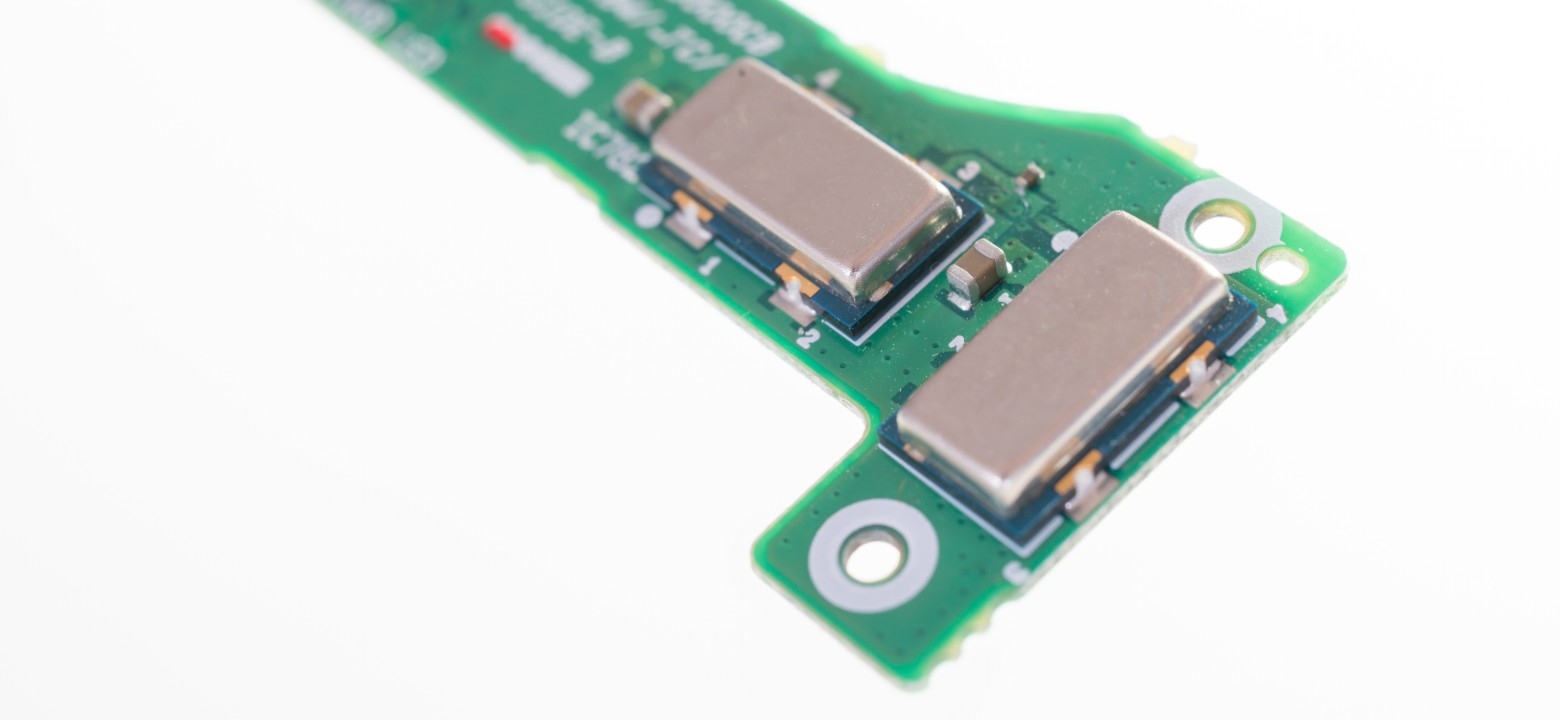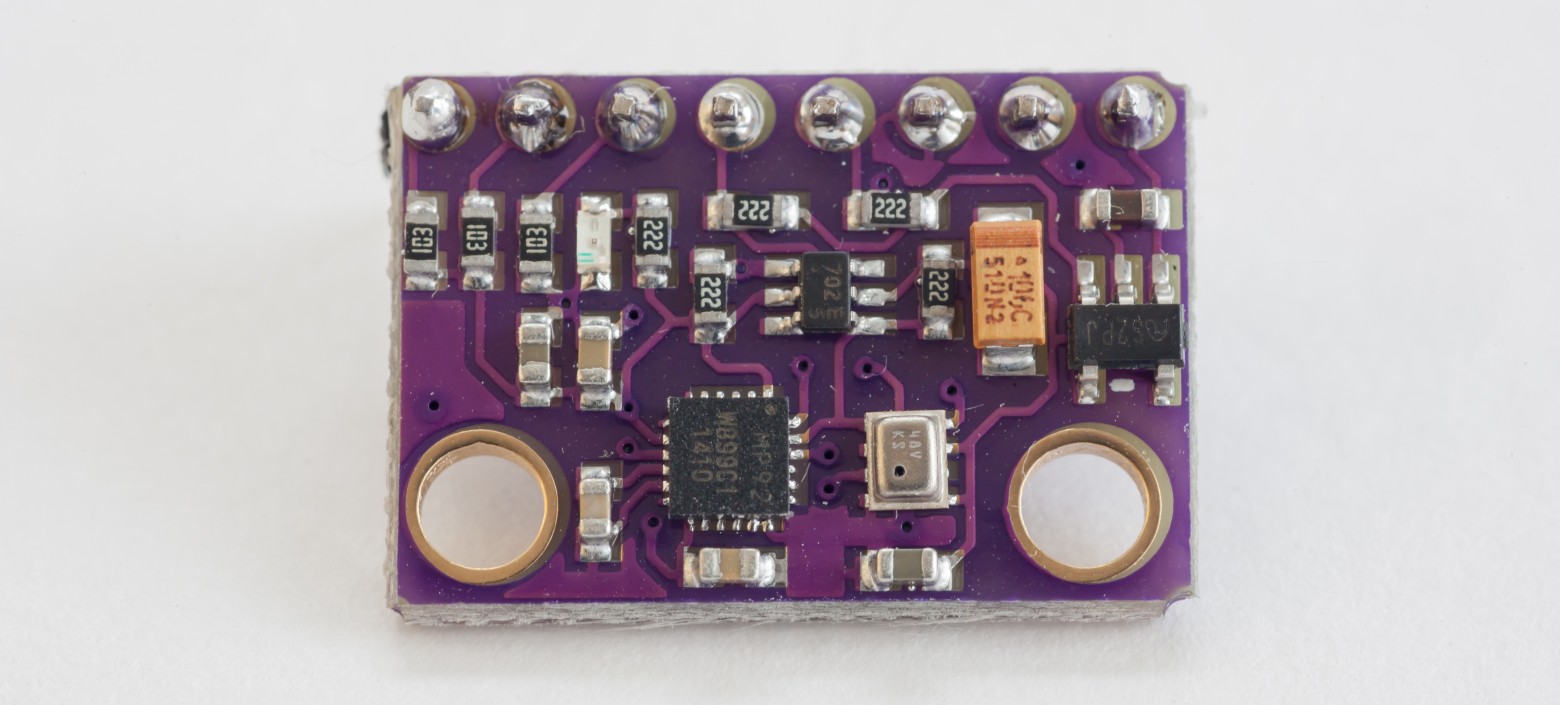What is an accelerometer? It is a device that allows you to measure and analyse linear and angular acceleration. This function is essential for many basic devices and systems used in almost every area of life, whether it is in everyday household appliances, professional industrial or research&development applications.
What is an accelerometer?

Accelerometers are used in the measurement of static gravitational acceleration, which allows to determine the angle of deviation of the measured object from the vertical plane, as well as in the measurement of dynamic acceleration due to shock, movement, impact or vibration, i.e. low amplitude and frequency (under 100 Hz), oscillations.
-
How does an accelerometer work while measuring vibrations? The device is implemented directly on the object that vibrates, which allows the accelerometer to convert the vibration energy into an electrical signal that is proportional to the momentary acceleration of the object.
-
What does an accelerometer do? Vibration measurement is usually used to diagnose the operation of machines, equipment or structures subjected to high stress, such as steel structures, masts, bridges or buildings. Accelerometers are also used, among others, to protect hard drives against damage, in medical and sports equipment, cameras and video recorders, smartphones, remote controls, controllers and navigation systems.
-
What is an accelerometer? It is simply an acceleration transducer, which measures its own motion in space. There are three basic types of accelerometers, more about which you can find later in this article.
How does an accelerometer work?

The principle of operation of an accelerometer isn’t overly complicated. It measures the acceleration force in unit (g) and take measurements in one, two or three planes. Currently, the most commonly used accelerometers are 3-axis accelerometers, which are designed as a system of three separate accelerometers, each of whom measures acceleration in a different direction - in X, Y and Z planes. An example of a 3-axis accelerometer is the OKYSTAR OKY3230 model.
If the acceleration in any plane works in the opposite direction to that in which the sensor is directed, the accelerometer will measure the acceleration with a negative value. Otherwise, the acceleration will be measured with a positive value.
If no external acceleration is applied to the accelerometer, the device will measure only the standard acceleration of free fall, i.e. the force of gravity. Assuming that a 3-axis accelerometer is positioned so that the X-axis sensor points left, the Y-axis sensor points downwards, and the Z-axis sensor is directed forward, with no forces applied to the device, the accelerometer will show the following: X = 0 g, Y = 1 g, Z = 0 g. If the same accelerometer is tilted to the left, it’ll show these values: X = 1 g, Y = 0 g, Z = 0 g. Similarly, if the device is tilted to the right, the X-axis will show X = -1 g. Such dependencies in acceleration measurement are used by the algorithms of accelerator control systems.
What are the types of accelerometers?

The three basic types of accelerometers are: MEMS capacitive accelerometers, piezoelectric accelerometers and piezoresistive accelerometers.
MEMS capacitive accelerometers
MEMS capacitive accelerometers are the cheapest, most common and smallest of their kind. How does a MEMS capacitive accelerometer work? The principle of its operation boils down to changing the position of a proof (seismic) mass suspended on springs. One end of the springs is attached to the comb capacitor plate, while the other end is attached to the mass. Under the force acting on the sensor, the seismic mass moves, which causes a change in the distance between the plate and the mass, and thus changes the capacitance. SPARKFUN ELECTRONICS INC. DEV-09267 or SPARKFUN ELECTRONICS INC. BOB-13926 models are examples of MEMS accelerometers.
MEMS capacitive accelerometers are mainly applied in wearables, mobile devices and consumer electronics. One of the biggest advantages of MEMS accelerometers is the possibility of mounting them directly on a PCB.
The disadvantages of MEMS systems include low measurement accuracy, especially in the case of measurements of higher amplitudes and frequencies, which makes them unsuitable for specialized industrial applications.
Piezoresistive accelerometers
Another type of accelerometer is the piezoresistive effect sensor. How does a piezoresistive accelerometer work? Its principle of operation is similar to that of a strain gauge, i.e. a sensor which measures stresses. This type of accelerometer is made with the use of piezoresistive material, which becomes deformed under the influence of an external force, resulting in a change in resistance.
The change is then converted into an electrical signal received by a receiver integrated with the accelerometer. Piezoresistive accelerometers are characterized by a wide measuring range, thanks to which they are able to record vibrations of high amplitudes and frequencies, which is useful, among others, during various crash tests.
Another advantage of piezoresistive accelerators is their ability to measure slow-changing signals, which allows them to be applied in inertial navigation systems to calculate velocity and movement of system components.
How a piezoresistive accelerometer works makes it resistant to changes in the ambient temperature, which requires temperature compensation. In addition, piezoresistive accelerometers have problems detecting weak signals and are much more expensive than MEMS capacitive accelerometers.
Piezoelectric accelerometers
What is a piezoelectric accelerometer? This sensor is one of the most commonly applied sensors for measuring vibration levels. Therefore, piezoelectric accelerometers are widely used in industrial applications for diagnostics and control of machines and equipment. How does a piezoelectric accelerometer work? Its operation is similar to that of piezoresistive systems. Under the influence of acceleration, however, they do not change their resistance, but generate electric voltage of a certain value.
The measuring element of these sensors is usually lead zirconate titanate (PZT). Lead zirconate titanate deforms and generates an electrical charge. Piezoelectric accelerometers are highly sensitive and accurate, which makes them suitable for a wide range of applications – from extremely advanced and precise seismic measurements to crash and impact tests under adverse conditions.
The output signal of piezoelectric accelerometers is usually subjected to amplification and temperature compensation. The calculation of the object displacement is facilitated by the signal transmission to the integrator input.
Other accelerometers
Other types of accelerometers include IEPE structures, which are commonly used for vibration measurements. Piezoelectric load accelerometers, which work well in extreme temperatures, are also noteworthy.
| Symbol: | Description: |
|---|---|
| OKY3230 | Sensor: accelerometer; 3.3÷5VDC; I2C; MMA8451 |
| SF-DEV-09267 | Sensor: accelerometer; analogue; ADXL335; LilyPad; 20mm |
| SF-BOB-13926 | Sensor: accelerometer; 1.95÷3.6VDC; I2C; MMA8452Q; ±2,±4,±8g |





